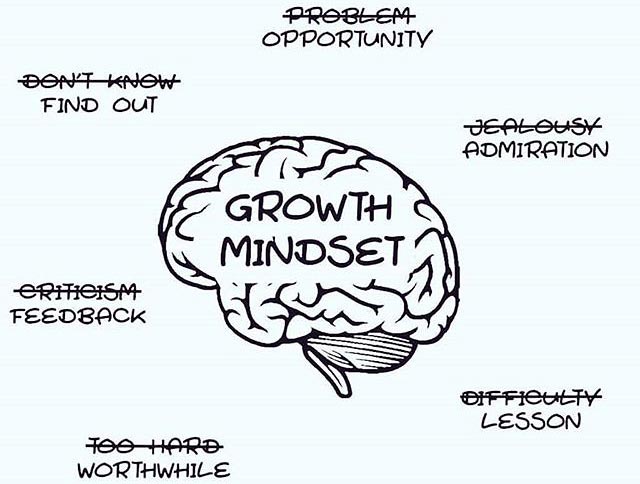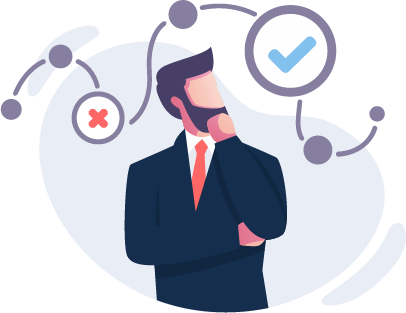News & Blog
5 Books about Agile to Read in 2021 – Book #4
‘Mindset: Changing the Way you Think to Fulfil your Potential’ Dr Carol S. Dweck, 2006 (revised 2017)
Concept of 'Growth Mindset'
Carol Dweck is well known for introducing the concept of ‘Growth Mindset’, and before you understand any more about that you will easily spot that this has to do with continuing improvement. The Agile process is designed to deliver small valuable chunks of work, regularly, and around short timeboxes (typically between one and four weeks). The purpose of this is not only to get something useful out to the customer faster, but to ensure we have the chance to improve on it next time. By building work iteratively, there is never a massive wait before we can act on feedback and make our products and services better still. Improvement is at the heart of Agile, but we need more than a process to improve significantly and sustainably.

Difference between growth and fixed mindset
The book ‘Growth Mindset’ differentiates between a mindset that results in people feeling limited in what they can achieve (Fixed Mindset), and one that believes that curiosity and effort can build new capabilities (Growth Mindset). Carol Dweck points out the dangers of labelling children as being good or bad at maths, as if this were a part of their identity and unrelated to the context of their learning and how much effort they apply. She reminds us that Thomas Edison didn’t invent the light bulb as a result of a ‘Eureka moment’. He had a corporate funded state of the art laboratory and thirty assistants, including well trained scientists. This team worked around the clock, and there were many failures before success was achieved.
Test, explore, and learn
Edison’s team showed the growth mindset on which an Agile approach relies. Agile teams need to experiment, to test, explore, and learn from feedback. They need to innovate and embrace challenges, to constantly build new skills and abilities and feel able to be inspired by the success of others.
Dweck highlights that when people have a Fixed Mindset, they are likely to avoid challenges. They need the admiration of their peers and are unlikely to take the risk of being unsuccessful. Where others are seen to succeed, this is perceived as a threat more than an inspiration. A fixed mindset person will assume that there are hard limits on their ability and are therefore unwilling to put in the effort to grow.
Learning and develop can continue throughout our lives. Dweck explains:
“New research shows that the brain is more like a muscle – it changes and gets stronger when you use it.”
The Agile workflow supports continual learning by incorporating frequent feedback loops; giving us the chance to pause for thought, to reflect on feedback and work out clear next steps for improvement.
Agile is a response to our fast changing world. To meet its challenges effectively and productively we need to embrace a growth mindset – and be willing to learn beyond our comfort zone and not stay ‘boxed-in in a stand-still world’.
To find out more about Agile, take a look at our PRINCE2 Agile qualification courses. This accredited syllabus covers combines the flexibility and responsibility of Agile with the governance of the internationally acclaimed PRINCE2 framework.
The brain is more like a muscle – it changes and gets stronger when you use it.
Discover our other posts by category:
- Apprenticeships (3 posts)
- Armed Forces (7 posts)
- Company News (20 posts)
- Construction (7 posts)
- Courses (10 posts)
- Covid-19 (4 posts)
- Cyber and IT (4 posts)
- eLearning (6 posts)
- Engineering (2 posts)
- Events (4 posts)
- Exams (2 posts)
- Gamification (4 posts)
- Gas (1 post)
- Health and Safety (5 posts)
- ITIL (10 posts)
- Project
Management (21 posts) - Scaffolding (1 post)
- Technology (12 posts)
- Training Strategy (8 posts)